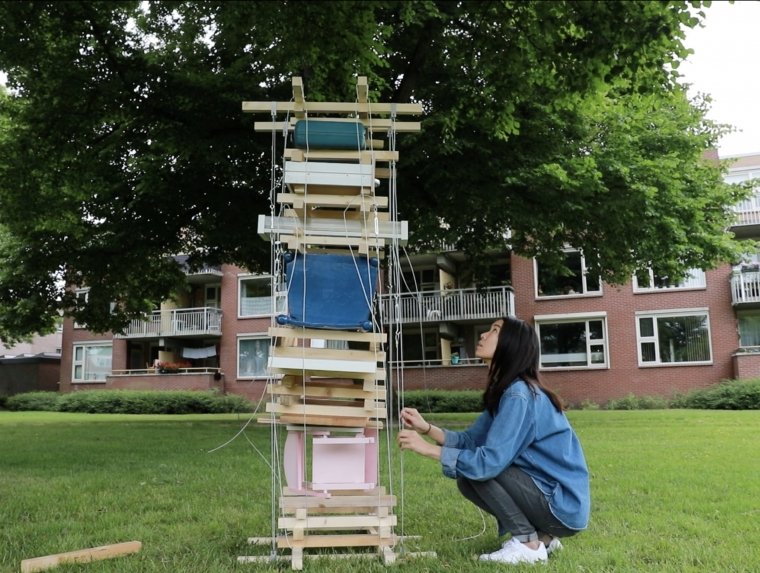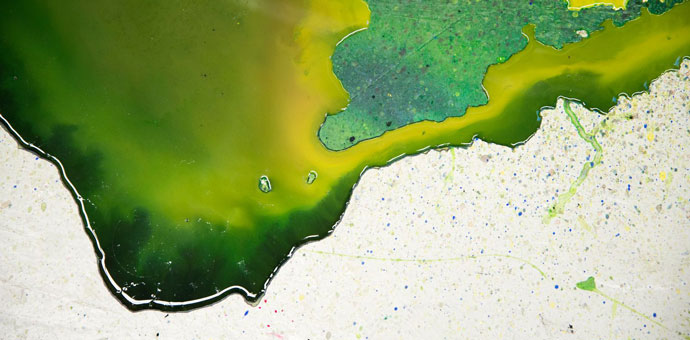Ying-Ting Shen, master Interieurarchitectuur Zwolle: “I’ve learned a lot through this programme, I discovered my strength and developed my own interest. I discovered my ability to research in a precise manner. During the course, we research by making models or conducting various experiments. It allows me to try things that I haven’t tried before. It is different from working on a computer; students need to produce physical models, doing the hands-on jobs. In order to understand the imagination in our minds, we have to reflect on what we have made. By means of reflection and practical examples, we are gaining the ability to transform our imagination into reality.
Social-related work
I have always been working with social-related themes. During my first year project – ‘home’ was a theme – I researched the spatial authority within a patient’s room based on my personal experience of staying in a hospital. In the graduation project I designed a shelter in a post-disaster area. This also comes from my personal experience of living through an earthquake in my home town, in Taiwan. By enlarging the personal experience of a social aspect, design is embedded in my practice.
Process
My research can be divided into two parts, theoretical research and artistic research. The theoretical research concerns an alternative stiffness I discovered in Taiwanese traditional indigenous architecture. After an earthquake, modern concrete houses collapsed while the old houses withstood the tremors. This triggered me to research the building method of indigenous architecture. Furthermore, in artistic research, I integrate this method in contemporary architecture. In the post-disaster scenario, I intend to construct a temporary shelter with the remains of our home. The process of building a shelter, also involves the rebuilding of for our own memory. During the process of stacking different kinds of material, we are rebuilding our precious memory. By tying materials with metal wire, they are undamaged by glue, nails or screws. They can be reused after the demolition. In this sense, the life span of materials can be extended.
From my perspective, how we build a house is more important than what we build a house with. Nowadays, we use materials to produce a decorative surface for housing. For instance, using wooden panels to make the atmosphere better. We do not consider the use the natural materials in fundamental manner. One of the sources of my inspiration, the Japanese architect Kengo Kuma, said:
“Natural materials are most commonly employed as surface materials that cover-up and conceal structures. Layers of wood, stone, and soil are pasted over concrete, similar to texture mapping in computer graphics. Natural materials are used, but nature is kept at a distance.”
The future
I believe this project contains various aspects; each of these has the potential to be transformed into another project. I would like to do further research on this and am examining the possibilities, for instance, funds or competitions. The project will first of all be presented during Dutch Design Week 2020.”
Follow Ying-Ting Shen

